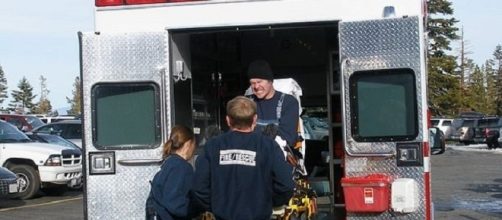One of the cool technologies that were demonstrated on “Star Trek” was an instrument that Dr. McCoy would use that instantly healed a wound, thus eliminating the need for dressings and bandages. The Tissue Nanotransfection device, being developed by Ohio State University, is not quite so fast, but it promises to be a game changer in the care of physical trauma brought on by accidents or diseases like strokes of heart attacks.
How does the Tissue Nanotransfection work?
The Tissue Nanotransfection is a silicon chip that alters Skin Cells by injecting genetic code onto them.
Then the cells are introduced to the injured tissue where it instantly starts to repair the damage.
Tests on mice have been nothing short of spectacular. The device repaired the injured legs of mice with one touch that changed skin cells into vascular cells, a process that took three weeks. In another experiment, the brain of a mouse that had been ravaged by a stroke had been restored.
The beauty of the Tissue Nanotransfection is that it does not require a laboratory or hospital facility to work. The device weighs 100 grams and could be used by EMTs or combat medics while in the field. The potential to treat traumatic injuries, thus saving lives and restoring health, is nothing short of staggering.
What happens next?
The researchers who developed the Tissue Nanotransfection have already applied to the Food and Drug Administration for approval of the device. In the meantime, human trials are expected to start within the next year. Ohio State is already is talking with Walter Reed Hospital for the conduction of such trials.
If human trials are successful, then the next step will be to introduce the device into a clinical setting. The first place it is likely to be deployed in will be trauma centers, where people with catastrophic injuries are taken for treatment. Eventually, EMTs will be trained in the use of The Tissue Nanotransfection, perhaps under the direction of a trauma physician under a telemedicine hookup that will allow for rapid diagnosis and treatment.
The way the setup could work is that when an EMT team arrives on the scene of an accident, they will evaluate the injuries of the victim quickly, with a two-way video channel with a physician at the trauma center. Then they will use the Tissue Nanotransfection to stabilize the victim and start the healing process even before he or she is brought to the emergency room. The same process will take place in a combat zone for wounded soldiers. Thus people who might otherwise die or suffer debilitating injuries will instead be restored.


